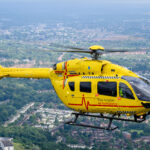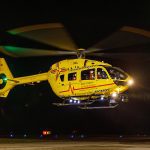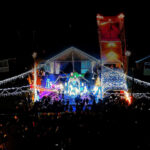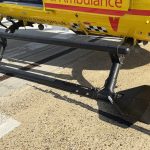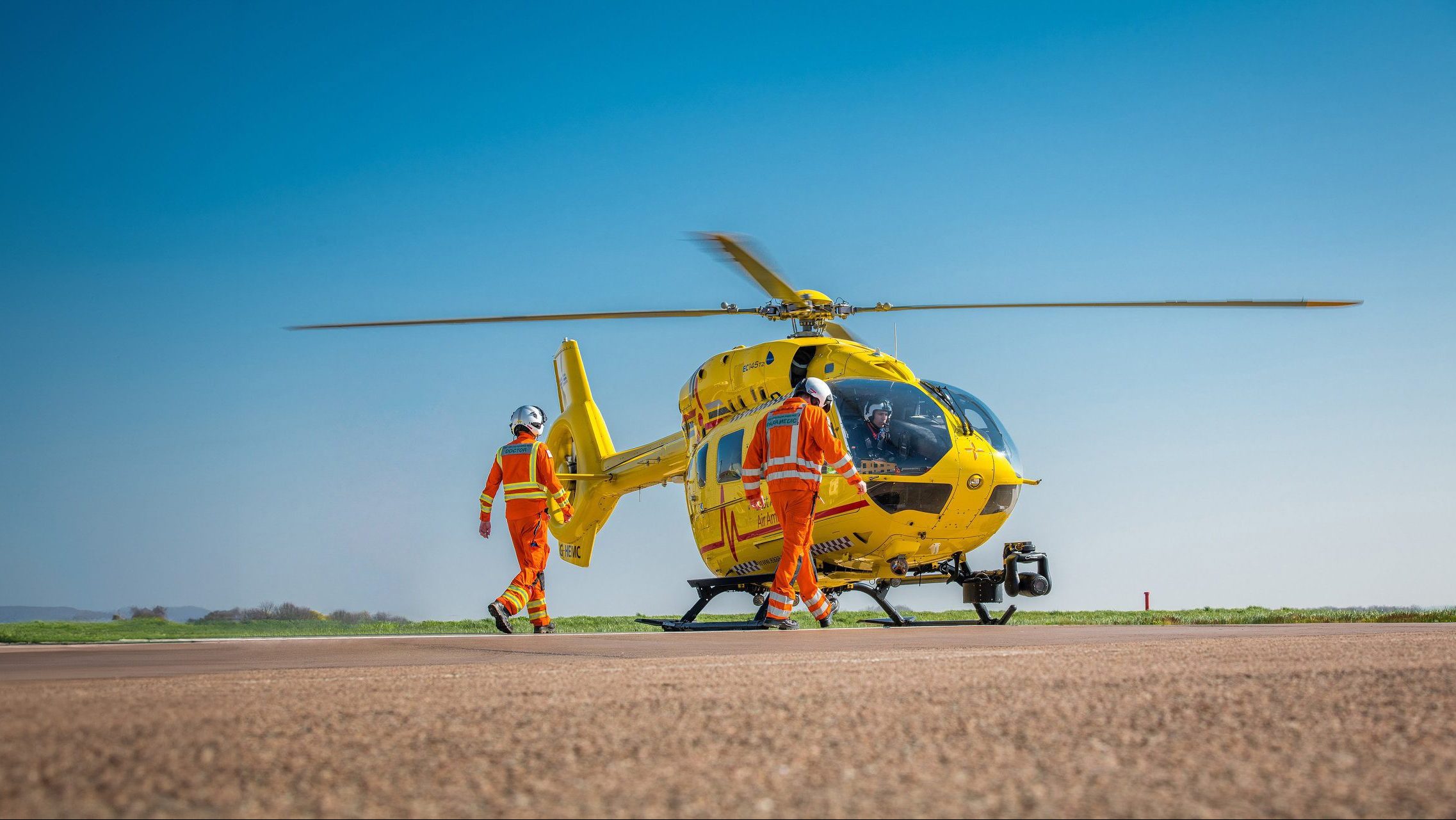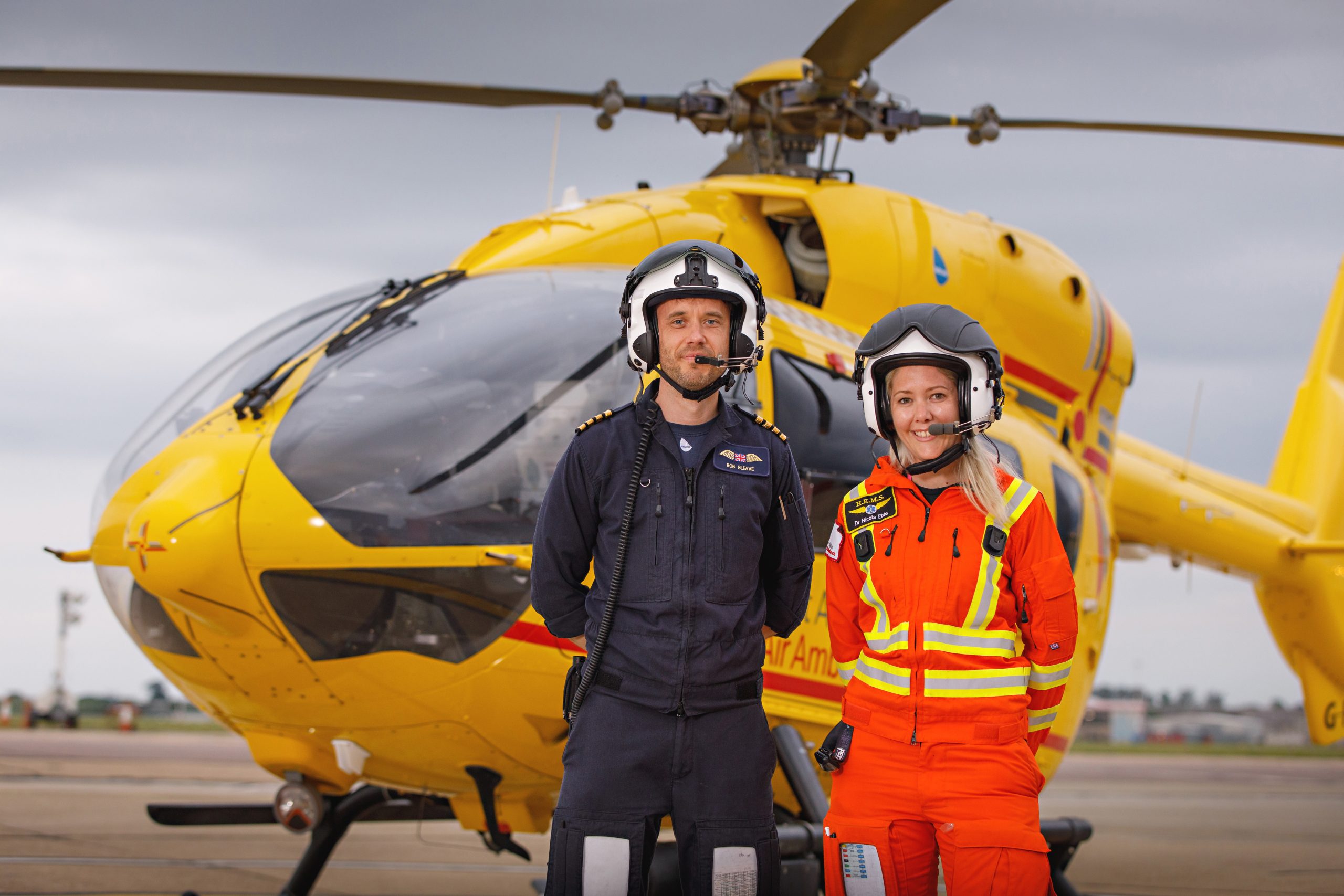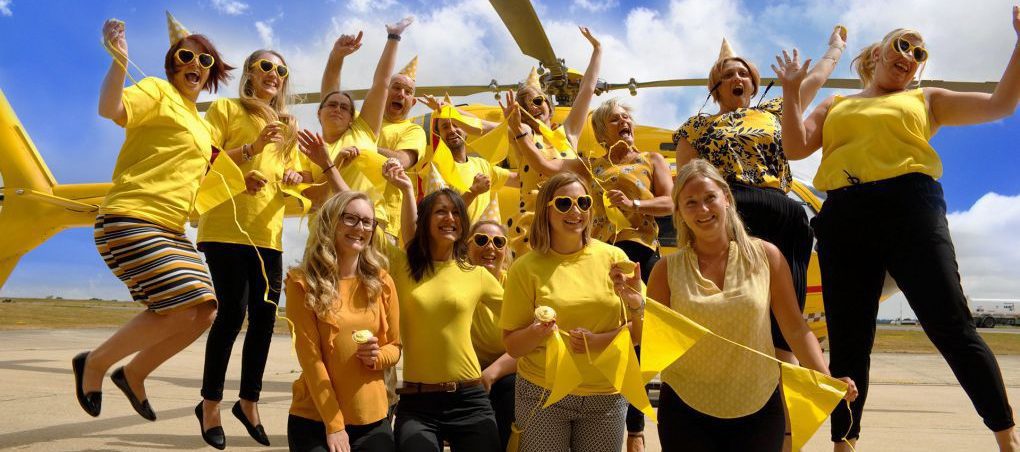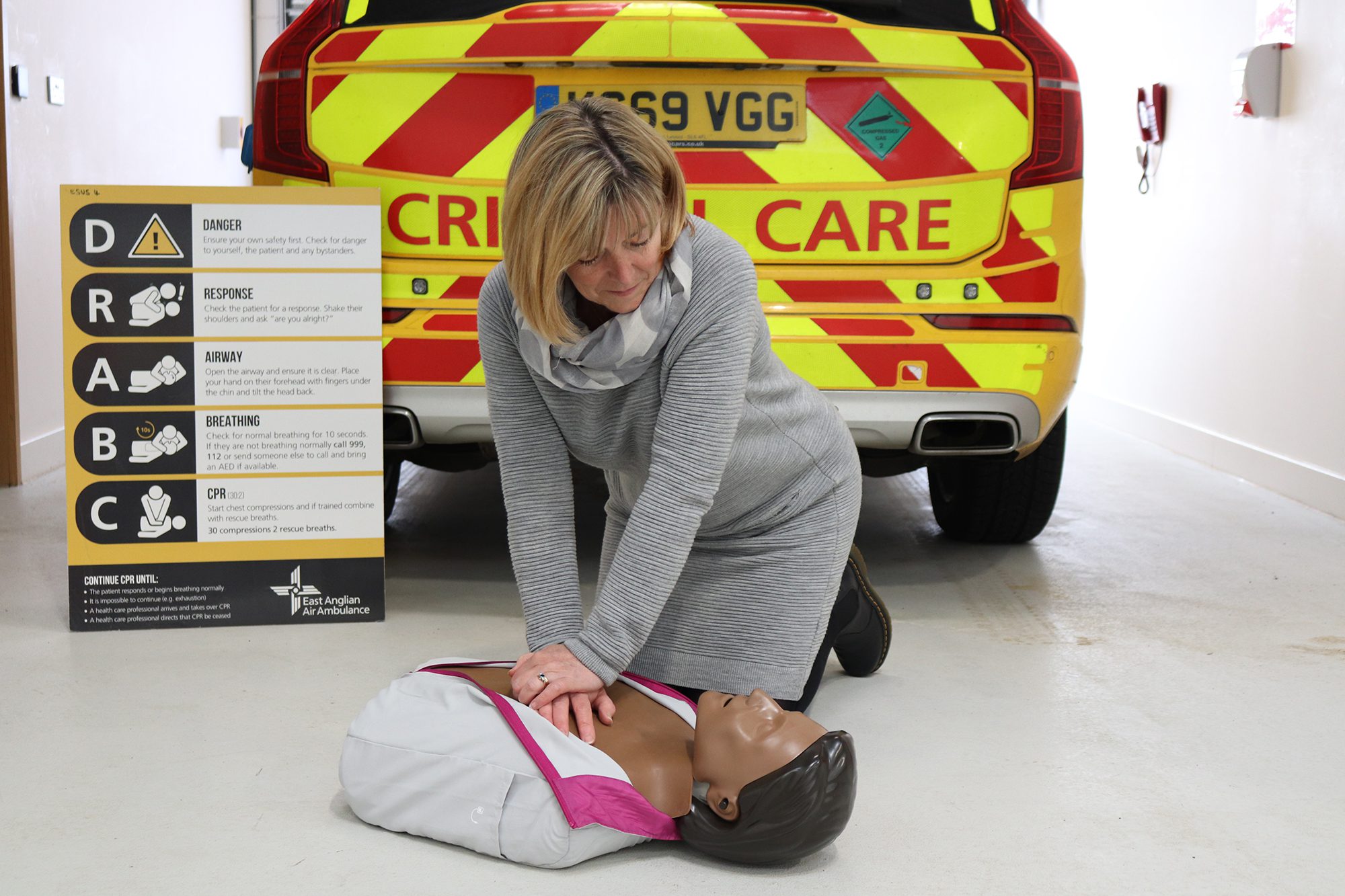26 Mar 2024
When the red phone rings…
EAAA has been flying 24/7 since 2021 and, last year, as well as seeing a 6% increase in daytime taskings, we have been significantly busier at night, with a 17% increase in callouts.
EAAA has been flying 24/7 since 2021 and, last year, as well as seeing a 6% increase in daytime taskings, we have been significantly busier at night, with a 17% increase in callouts.
EAAA was tasked to 1,084 medical emergencies at night last year. So, when the emergency calls come in via the red phone, learn more about what happens behind the scenes and just a few of the extra considerations for the crew during their preparations.
The EAAA crew is tasked by the East of England Critical Care Desk (CCD). The crew will record the details of the medical emergency and the location grid reference. The next step is to determine as a crew whether this tasking is via helicopter or by road. This will be decided by a variety of factors, including the condition of the patient, how quickly we can reach them, their location, the weather conditions and likely onward hospital locations.
EAAA clinicians will use the rapid response vehicle (RRV) to respond to emergencies which are quicker to reach by road than by air, or in inclement weather.
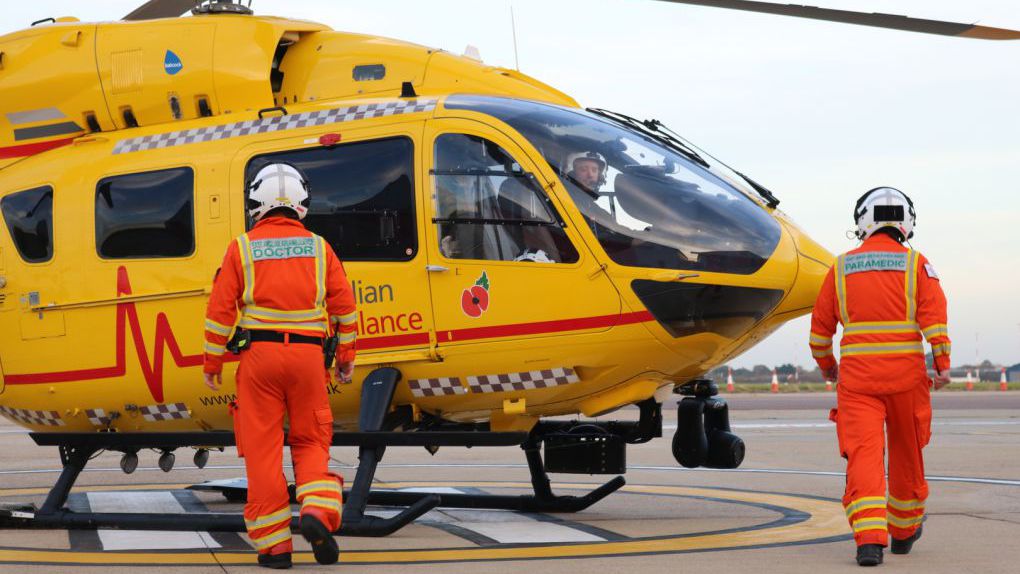
If it’s decided that the emergency requires the helicopter, the pilots and clinicians will review the map prior to leaving to determine a landing site. Clinicians and pilots are all involved in this landing site planning to ensure that clinicians have their bearings and an overview of the area on arrival.
During the hours of darkness, the size of the landing site needs to be larger to allow more space between the helicopter and potential hazards, such as trees. This may mean the crew are further from the patient than they would be during the day. In this case, the clinicians will communicate with the CCD, who will arrange transport from the landing location to the scene of the emergency.
